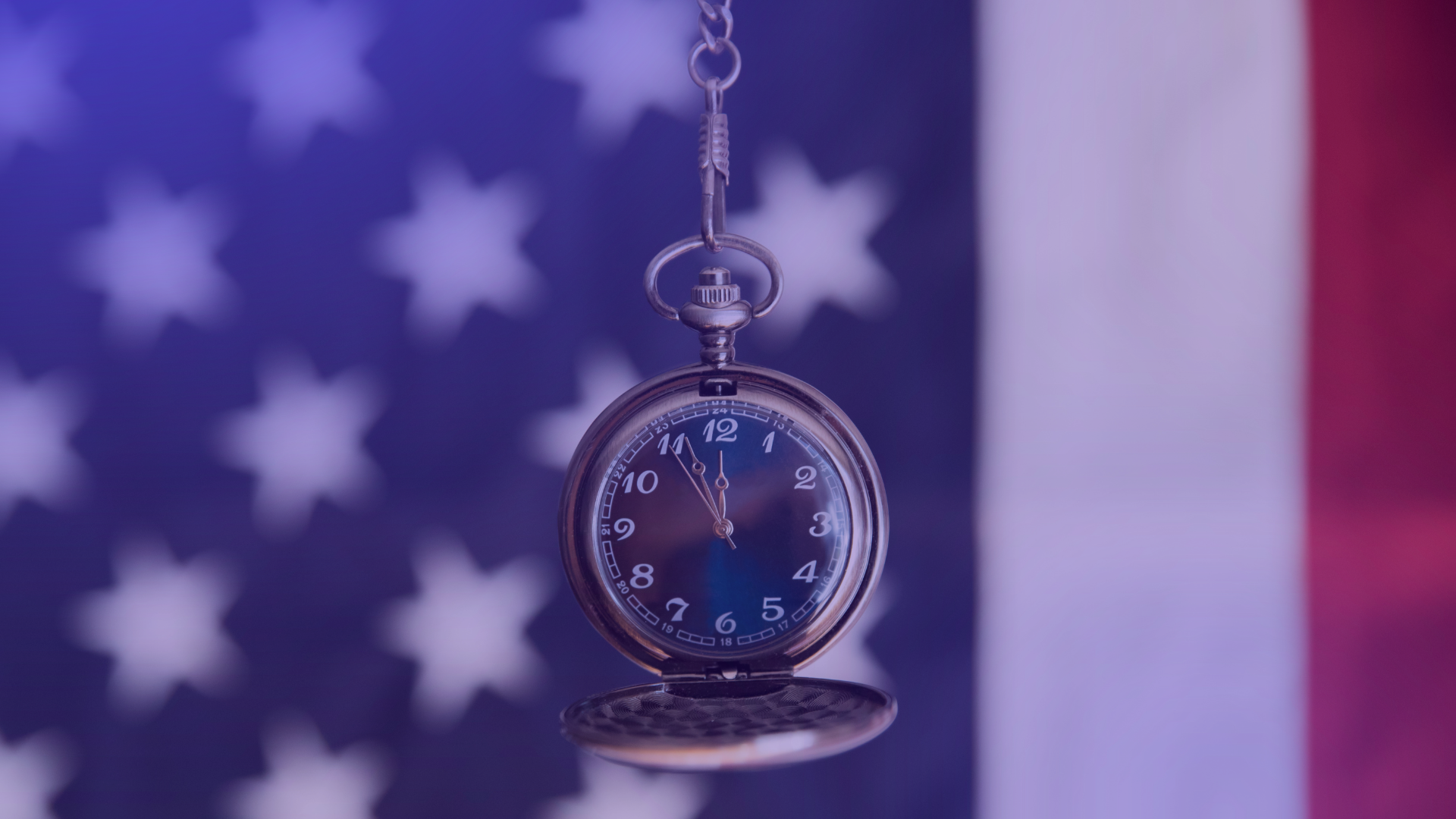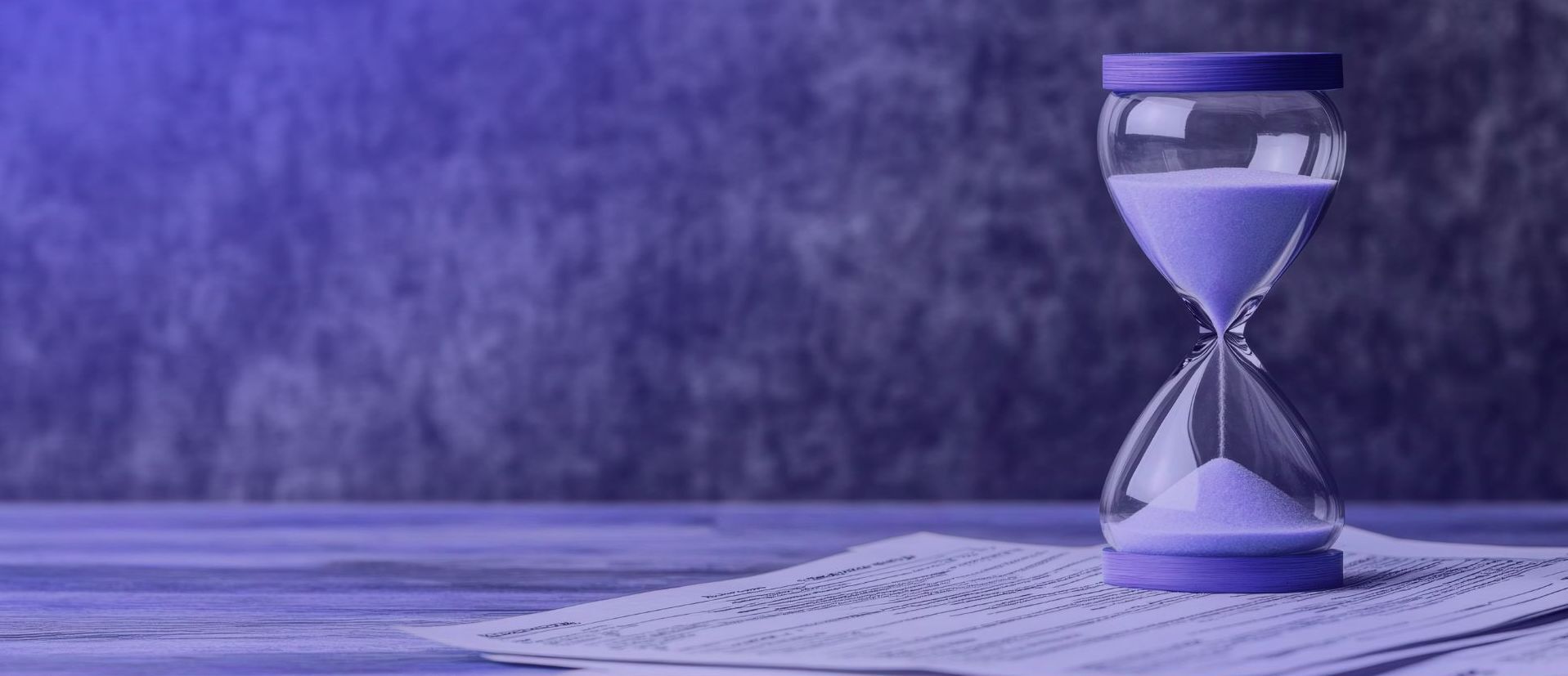The federal government has long incentivized building owners, contractors, and designers to construct their projects with energy efficiency in mind. Tax deductions are one of the most common offerings, allowing a certain percentage of the cost of energy efficient improvements to be deducted from taxes in a given year. It's really a win-win for all parties involved.
For construction contractors, Section 179D of the Internal Revenue Code provides one such incentive: A deduction of up to $1.88 per square foot for energy-efficient commercial building projects. In this article, we'll review the details and requirements of the 179D tax deduction, and how architects, engineers, and contractors can benefit.
What Is the 179D Tax Deduction for Architects and Engineers?
Qualifying for the Section 179D tax deduction allows building owners to deduct the costs associated with installing certain energy efficient systems on their properties. It was first implemented in 2006, but was recently made permanent through the Consolidated Appropriations Act of 2021.
The popular tax incentive originally afforded claimants the right to deduct up to $1.80 per square foot of their space, however with the Inflation Reduction Act’s recent changes, has been pegged to increase slightly every year in pace with inflation. As of 2022, qualified individuals and businesses can deduct as much as $1.88 per square foot off of their taxes.
Qualifying for the 179D Tax Deduction as an AEC Company
While it's mainly propagated as a benefit for building owners, the 179D tax deduction can also be taken advantage of by certain architectural, engineering, and construction firms. In cases where the energy efficient building in question is government-owned, the deduction is passed on to the design companies since the owners cannot be taxed.
How AEC Can Benefit from Energy Efficiency Deduction Incentives
The 179D tax deduction is only one of several energy efficiency incentives available to those involved in the AEC industry. They represent an ongoing push by the federal government to encourage builders and designers to minimize the environmental impact of their work with operational cost savings.
In addition to Section 179D, AEC stakeholders may be eligible for other deductions through the 45L tax credit which incentivizes energy efficient homes or through the 24C tax credit which rewards improvements to existing homes.
Increased Tax Savings
The most obvious benefit of taking advantage of these incentives is additional tax savings. Architecture and engineering firms that claim energy efficiency deductions for commercial buildings they work on can save a sizable amount of money on their taxes. These economized costs can then be used to invest in new projects, making them more competitive and potentially increasing their profits.
Better Designs and Outcomes
The other advantage of including this incentive in your tax strategy is that it can help extend the longevity of a project or business. By helping buildings become more energy efficient, firms can reduce their operational expenses and continue to generate revenue over longer periods of time.
Qualified Activities Under the 179D Tax Deduction
Not all AEC firms will qualify for the 179D tax benefit. In order to claim the tax incentive, organizations must have a primary responsibility for the design of an energy efficient property and its technical specifications.
This generally translates to the following categories of building improvements:
- Building envelope. This includes the installation of energy efficient windows, doors, walls and roofs.
- Interior lighting. This encompasses the use of energy-efficient lighting systems, such as LED lights.
- Heating, ventilating and air conditioning (HVAC). This refers to the installation of energy efficient HVAC systems, such as heat pumps or radiant heating.
- Service water heating. This refers to the full installation of efficient water-heating systems, such as domestic water heaters.
It's also worth noting that construction contractors may qualify for the 179D tax deduction if they had input in the design of, or partook in obligatory design-related activities for, the building. For instance, contractors on a design-build contract with a government entity may be eligible for the Section 179D deduction.
Special Requirements and Reviews for Eligibility
As with any IRS perk, there are several rules and processes that come with claiming the 179D tax deduction. The most important is conducting a Section 179D study to determine the energy efficiency of a building or improvement in question.
In a 179D study, a qualified third party must complete a physical site visit and run tests to verify energy efficiency levels. The tester must be a contractor or professional engineer who holds a license in the state where the building is located.
To perform the study, they use IRS-approved energy software to model the building and compare findings with a reference that meets the the energy codes currently set by the American Society of Heating, Refrigerating, and Air-Conditioning Engineers (ASHRAE).
Once the review is complete, and if the results meet proper standards, the third party must sign a certification statement for the IRS. This document confirms that the assessor has fully researched the energy efficiency of the building and that it supports the 179D deduction.
How Architects and Engineers Can Claim the 179D Tax Deduction
Companies that make it through the above-mentioned 179D study process may claim the tax incentive on their returns for the same year the energy-efficient building is placed in service.
The amount of the deduction is $1.80 multiplied by the square footage of the building. For a single system (only HVAC, for example), a tax credit of $0.60 per square foot is available. Again, these numbers are adjusted with inflation, so it's worth double-checking with the IRS to ensure you're using the latest provisions.
For cases where a 179D deduction was not applied on a previous tax return, AEC firms may be able to claim it retroactively. You can do this by filing an amended return for the applicable tax year, and any years within the three-year deadline. Building owners can reach even further back to apply Section 179D on tax returns from 2006 or later with an accounting method change.
Ultimately, the best way of reaping this benefit for your business is to consult with a qualified tax professional to determine eligibility and the best ways to go about the process.
The 179D tax deduction for architects and engineers represents a solid business opportunity for AEC firms, provided they have taken the necessary steps to qualify and claim it. It can reduce taxable income and also help increase sales and profits. The 179D deduction for architects and construction companies is well worth considering.
Want to Claim 179D Tax Deduction for Architects and Engineers? Ask ABGi How
ABGi USA offers a solution for architecture, engineering and construction firms looking to qualify for and claim the 179D tax deduction. We provide the expertise and assistance to thoroughly complete a Section 179D study – from obtaining an Allocation Letter to completing the certification process as required by the IRS. Our services are supported by elite 179D knowledgeable tax controversy attorneys who offer full audit defense should any discrepancies arise.
Don't wait – Contact us today to learn more about how ABGi USA can help you claim the 179D deduction and make the most of your business' tax saving potential.




